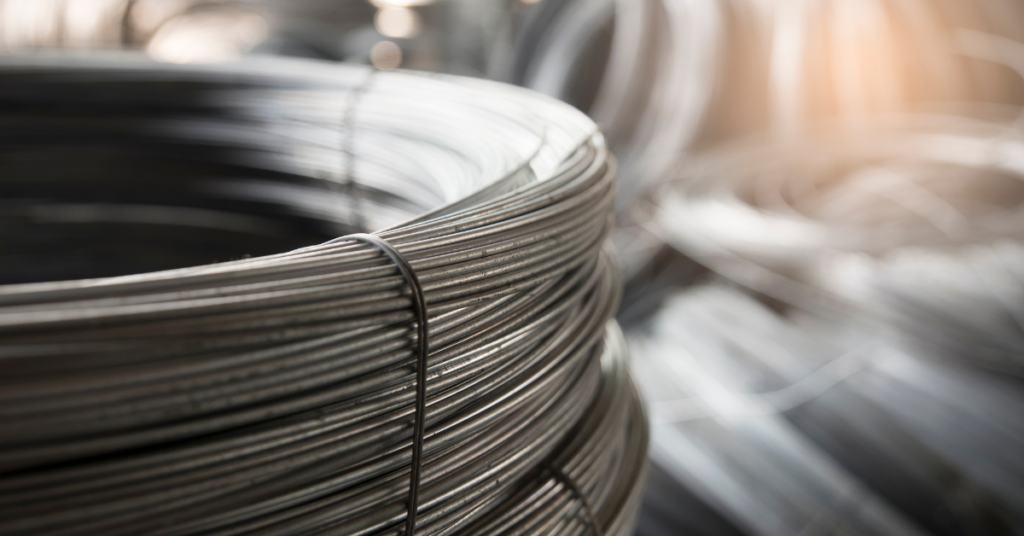Introduction:
Welding is a widely used technique in various industries, and it relies on the use of welding wire to join metal components together. Welding wire is a crucial consumable in the welding process, as it acts as a filler material that melts and binds with the base metals. However, not all welding wires are created equal. In this article, we will explore the different types of welding wire available in the market, their characteristics, and the applications they are best suited for.
Solid Carbon Steel Wire:
- Solid carbon steel wire is the most common type of welding wire used in general-purpose welding applications. It is composed primarily of carbon and small amounts of other elements. This type of wire is versatile, cost-effective, and suitable for welding carbon and low-alloy steels. It provides good penetration and produces strong welds.
Flux-Cored Arc Welding (FCAW) Wire:
- Flux-cored arc welding wire is a tubular wire filled with flux material, which shields the weld pool from atmospheric contamination. FCAW wire can be categorized into two types: gas-shielded and self-shielded. Gas-shielded FCAW wire requires an external shielding gas, typically a mixture of carbon dioxide and argon, while self-shielded FCAW wire generates its own shielding gas during the welding process. FCAW wire is known for its high deposition rates, deep penetration, and ability to weld thick materials.
Stainless Steel Wire:
- Stainless steel wire is specifically designed for welding stainless steel, which is highly resistant to corrosion and oxidation. It contains chromium and other alloying elements that provide superior strength and durability. Stainless steel wire is available in various grades, such as 308, 309, 316, and 347, each suitable for different stainless steel applications, including food processing, chemical plants, and marine environments.
Aluminum Wire:
- Aluminum wire is used for welding aluminum and its alloys, which require specialized wire due to aluminum’s high thermal conductivity. Aluminum wire is available in different alloys, such as 4043 and 5356, with each alloy offering specific advantages. 4043 is commonly used for welding cast aluminum parts, while 5356 is preferred for welding structural components and marine applications.
Nickel Alloy Wire:
- Nickel alloy wire is designed for welding various nickel-based alloys, such as Inconel and Monel. These alloys are highly resistant to extreme temperatures, corrosion, and stress. Nickel alloy wire is commonly used in industries like aerospace, petrochemical, and power generation, where exceptional strength and heat resistance are required.
Copper Alloy Wire:
- Copper alloy wire is used for welding copper and copper-nickel alloys. Copper alloys are known for their excellent electrical conductivity and corrosion resistance. This type of wire is commonly employed in electrical and plumbing applications, as well as in shipbuilding, where copper-nickel alloys are used for their resistance to seawater corrosion.
Conclusion:
Selecting the right type of welding wire is crucial for achieving strong and reliable welds. By understanding the characteristics and applications of different types of welding wire, welders can make informed decisions and ensure optimal welding results. Whether it’s solid carbon steel wire for general-purpose welding, flux-cored wire for high-deposition rates, or specialized wires for specific materials like stainless steel, aluminum, nickel alloys, or copper alloys, there is a welding wire available to meet every welding need.

